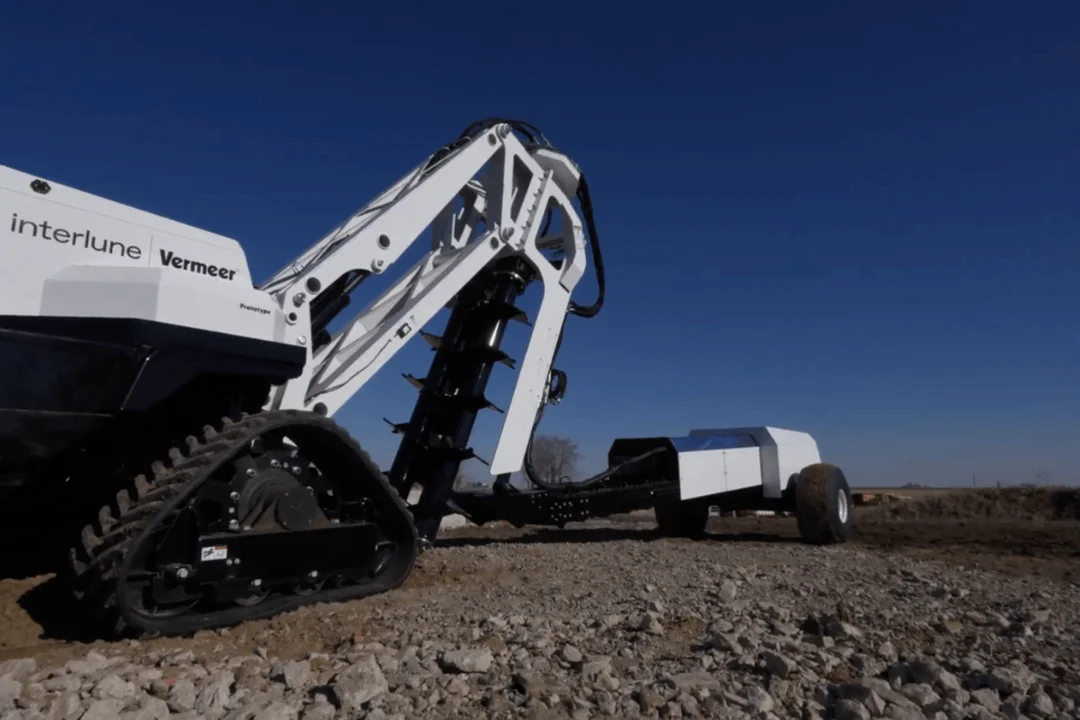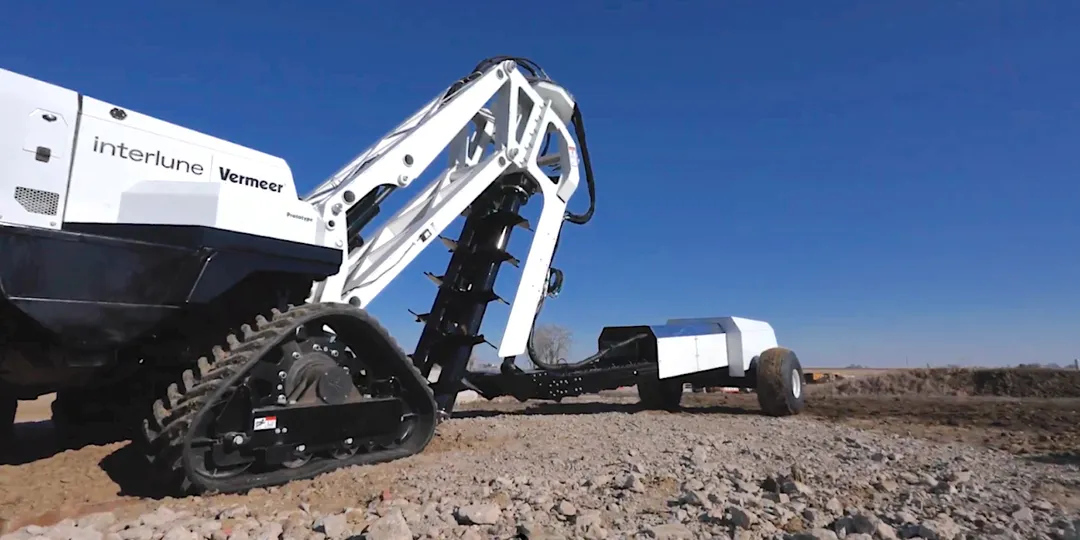
The Lunar Gold Rush: US Startup Interlune Races to Mine Helium-3 on the Moon, Challenging Global Energy Dynamics
The race to conquer space is no longer just about exploration; it's about resources. A US startup, Interlune, is making headlines with its groundbreaking lunar excavator prototype, designed to harvest helium-3 from the moon. This ambitious project, backed by NASA and the US Department of Energy, aims to tap into a potential energy revolution and reshape global geopolitics.
Why is Helium-3 so important? This rare isotope on Earth is crucial for manufacturing semiconductors, fiber optics, and superconductors. More significantly, it holds the key to achieving nuclear fusion, considered the 'Holy Grail' of energy generation. As Earth's reserves dwindle, the moon emerges as a new frontier for securing this vital resource.

Interlune, in partnership with Iowa-based industrial equipment manufacturer Vermeer, has developed a full-scale prototype capable of autonomously digging through 100 metric tons of lunar regolith per hour. This machine is engineered to endure the moon's extreme conditions, including extreme temperatures and vacuum environments, while efficiently sorting and extracting helium-3 for shipment back to Earth.
"When you're operating equipment on the Moon, reliability and performance standards are at a new level," said Rob Meyerson, Interlune CEO. "Vermeer has a legacy of innovation and excellence that started more than 75 years ago, which makes them the ideal partner for Interlune."
However, Interlune isn't alone in this lunar quest. Japan's industrial giant, Komatsu, showcased its own fully electric lunar excavators at CES 2025. These machines are designed to withstand the moon's temperature extremes, ranging from +230°F to -274°F, utilizing solar energy to overcome the challenges of combustion in the moon's oxygen-deprived environment.

Despite Komatsu’s early moves, Vermeer appears to be pulling ahead not just in machine development, but on anticipated extraction potential. Interlune is targeting a lunar mission by 2030, and the company has already signed a contract with its first commercial customer, Maybell Quantum, for the supply of helium-3.
The implications of controlling helium-3 reserves are far-reaching. As Gary Lai, Interlune co-founder and CTO, underscores the unprecedented nature of high-rate helium-3 excavation. "The high-rate excavation needed to harvest helium-3 from the Moon in large quantities has never been attempted before."

However, challenges remain. Industrial extraction of lunar regolith has never been carried out in real conditions, presenting problems such as extreme temperatures, low gravity, and lunar dust that is harmful to equipment. Moreover, international agreements on the status of the Moon from 1967 and 1979 raise complex questions about lunar mining's ethical and sustainable pursuit.
The lunar gold rush is on. Will Interlune and Vermeer succeed in their ambitious quest? How will the control of lunar resources shape the future of energy and geopolitics? Let us know your thoughts in the comments below.